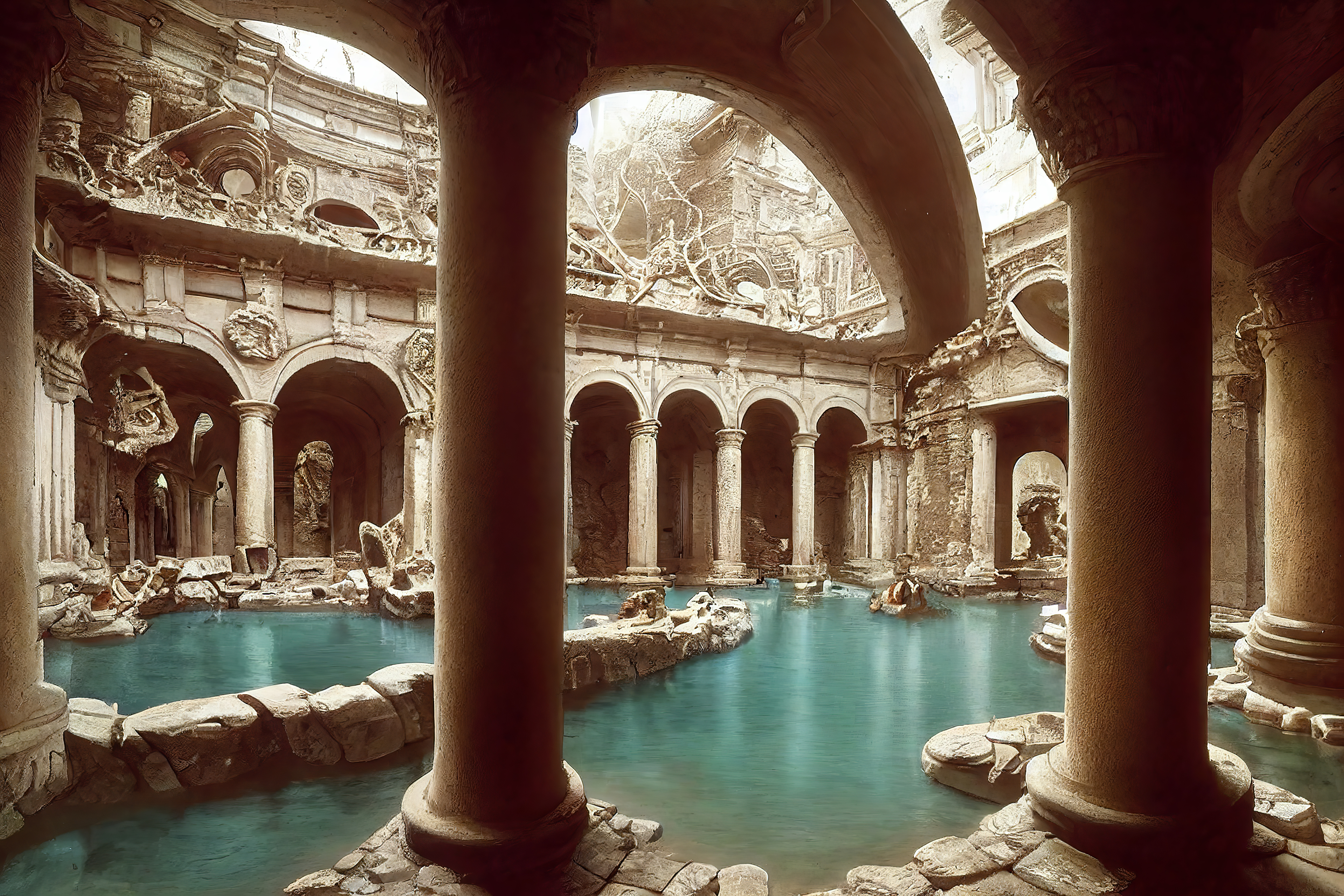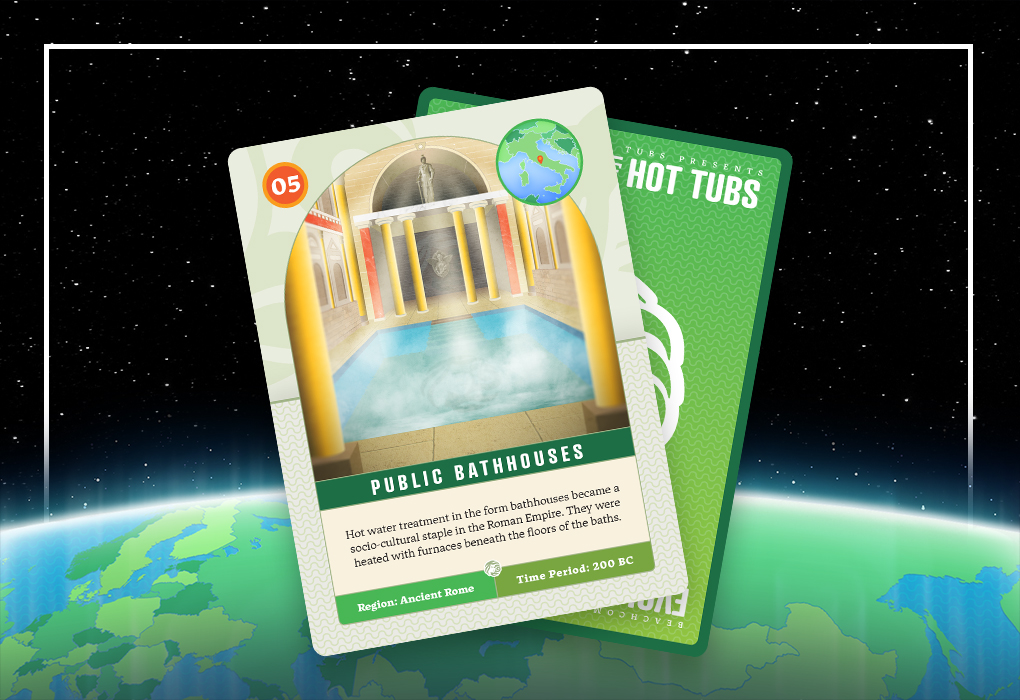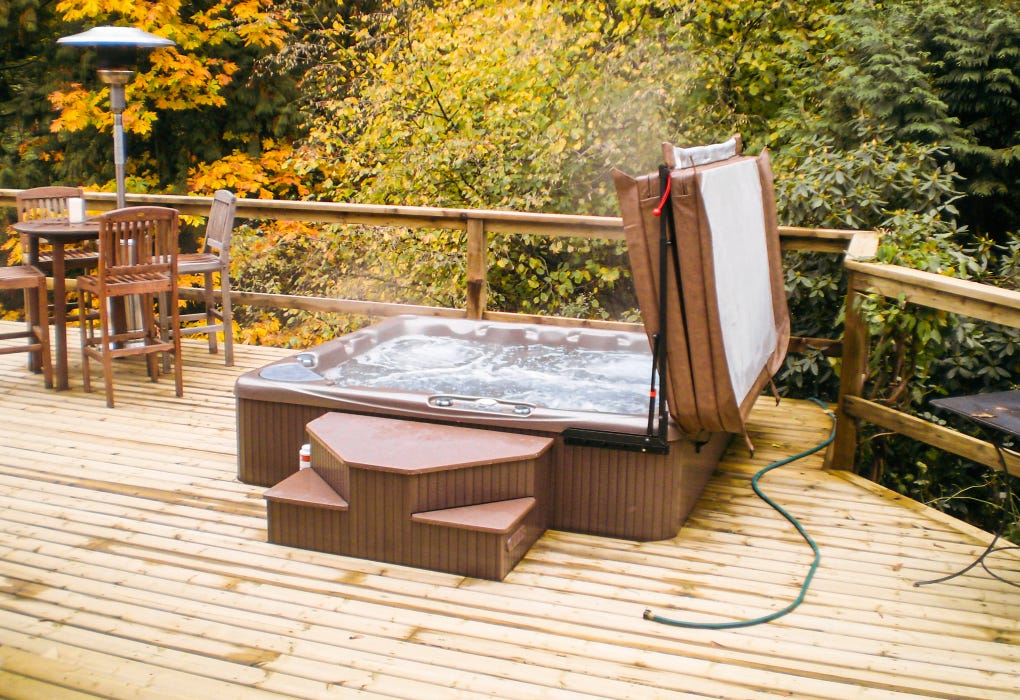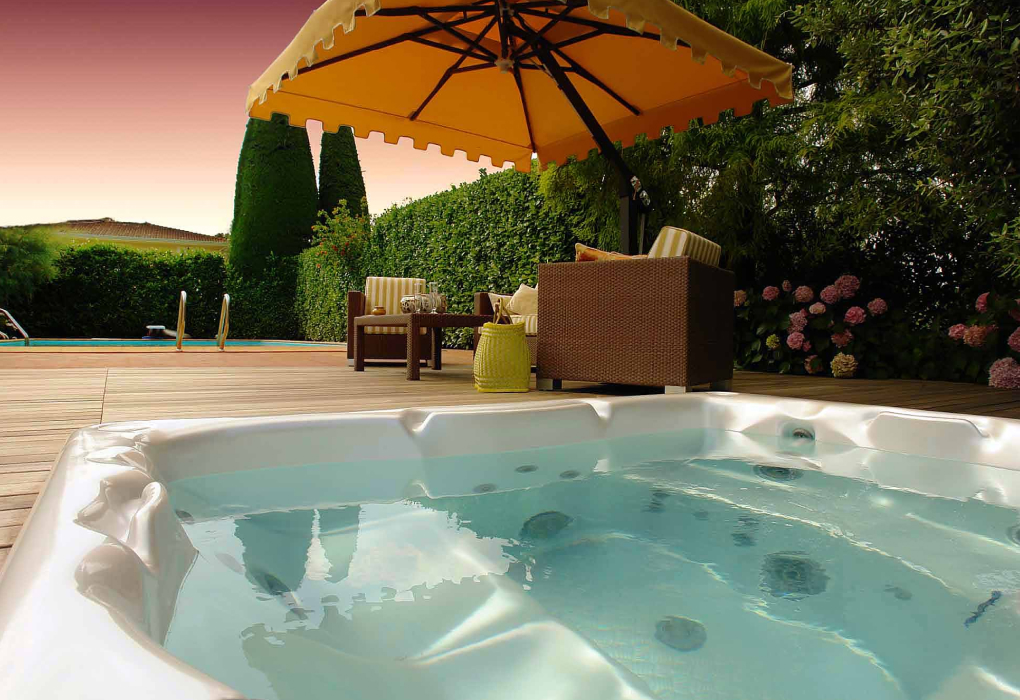In 200 B.C., following the influence of Hippocrates, the Roman Empire began constructing public spas and bathhouses. Initially, they were like thermal spas in Greece and used hot springs to supply the water, but this changed as time went on. Throughout the Roman Empire, they used public baths for socializing, relaxing, and cleaning.
The History
Roman bathhouses were large, elaborate buildings, much like the public baths in Ancient Egypt. The complex structures and detailed designs took the spa and hot water therapy era to the next level. As their popularity grew throughout Rome, additional amenities were added. Some baths had stores and theatres on the grounds, with others boasting exercise areas and swimming pools. They became a major part of social interaction in Rome.
Many of the bathing facilities were decorated elaborately with wall paintings, murals, and statues. Art was a huge focus during Roman times, and bathing became like an artistic ritual for the people of the time.
In the beginning most bathhouses got their water from thermal springs nearby, but the Romans began developing aqueducts that would transport water. This meant that the baths could be built further from the springs. Eventually, the Romans began adding sub-floor heating chambers to the baths. Wood-burning furnaces that caused warm air to rise fueled these, heating the water from below. This meant they could use any water supply. Special bricks were used to trap the heat and insulate the rooms.
The Romans created their baths with many rooms and functions, and so there were stages in how they used them:
-
Apodyterium—this was a locker and changing area where the visitor would undress and store their clothes while they used the baths.
-
Gymnasium—the visitor would complete a workout and then cover themselves head to toe in oil.
-
Frigidarium—after the gymnasium, the visitor went for a cold water plunge to cool off.
-
Tepidarium—after cooling off, they would bathe for some time in a warm water bath to prepare their body for hotter water.
-
Caldarium—this was where they would enjoy a hot bath, heated by either thermal springs or underground furnaces.
Many romans would return to the tepidarium after their hot soak to cool down and enjoy a massage.

The Benefits
Most public bathhouses in Roman times were open for anyone to use. They had a small entrance fee, but they kept this low so everyone could afford it. For those who didn’t wish to bathe in public, they would add baths to their homes. Only affluent Romans were able to do this, as most people couldn’t afford to have running water in their homes.
As with previous civilizations, the Romans had many reasons for bathing:
-
Roman baths were key to socializing. Initially, the baths were segregated into men and women, but after some time, they became generalized. They also allowed for rich and poor people to mix.
-
Roman people believed their daily use of the public baths meant they were cleaner and therefore better than others throughout the world.
-
The public baths were a place for relaxing after a long day of work.
Roman baths affected on different aspects of civilization. Since they were some of the most complex buildings at the time, their design inspired many structures and buildings that followed.
They also increased the accessibility of bathing to society. In previous civilizations, thermal spas and baths were only open to wealthy or prominent members of the community. The Roman baths meant that anyone who paid the small fee could avail of the benefits of bathing.
The Roman Empire resulted in a massive spread of bathhouses throughout the early centuries A.D. onwards. This made water therapy more popular for scientists and people in medicine. From England to Japan, we can see more and more populations using hot water as a form of therapy and socialization. While these bathhouses have no physical similarity to the modern-day hot tub, they do share a similar purpose. Many people add hot tubs to their homes to encourage greater socialization and connection, and to relax after busy, stressful days. The influence of the Roman bathhouse on this is clear as we progress through our timeline.
Eager to know more? Download our infographic and sign up for our newsletter to be notified of the next blog post in our timeline!










